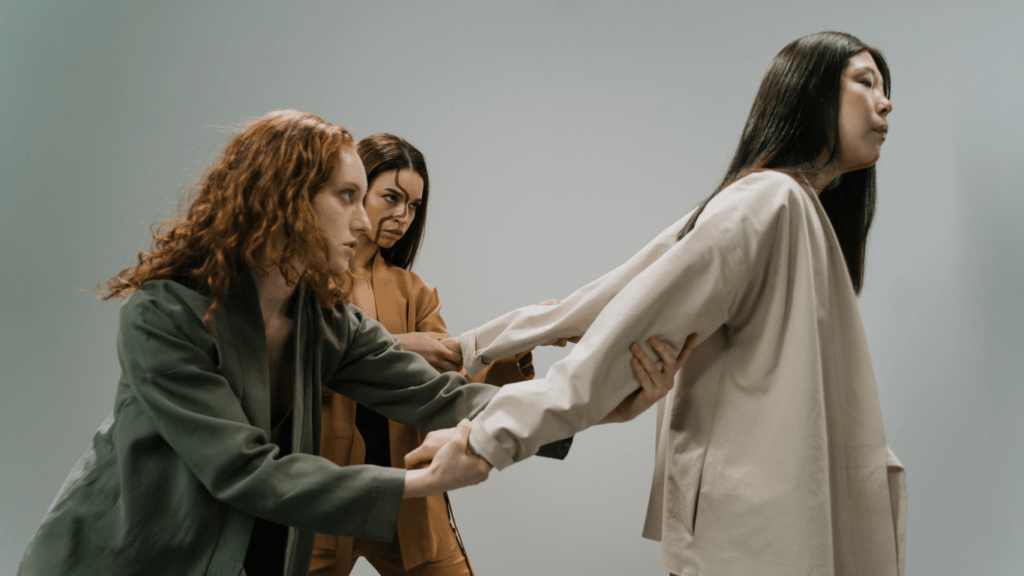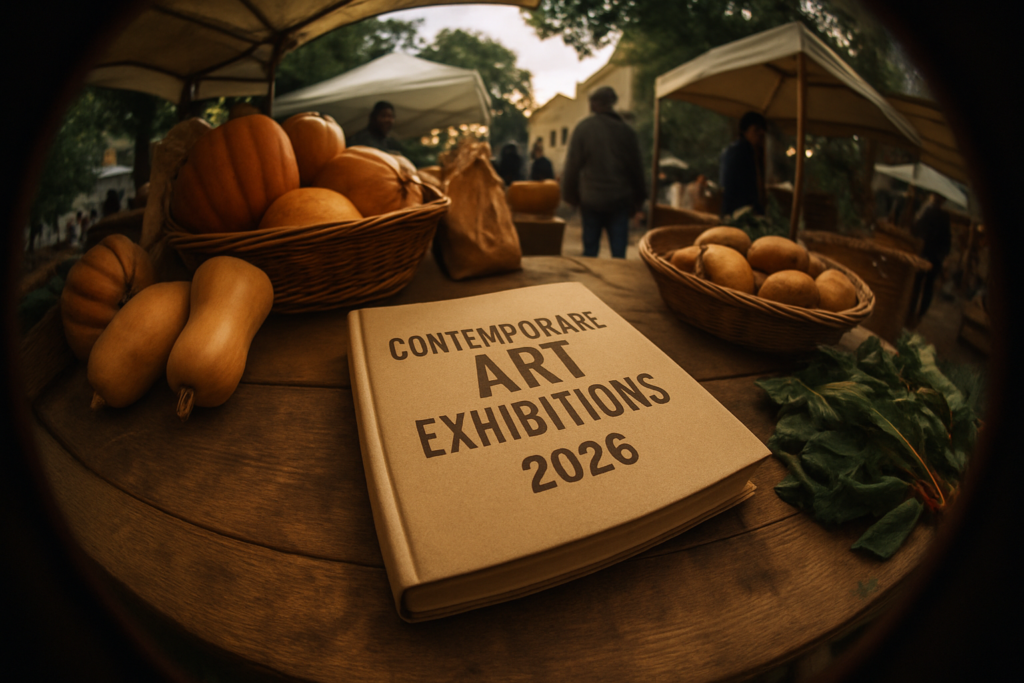Exploring the intersection of creativity and space, I delve into the captivating realm of art installations. From immersive experiences to interactive masterpieces, artists are pushing the boundaries of traditional art forms, transforming spaces into dynamic expressions of emotion and thought. In this article, I’ll uncover the innovative techniques and concepts that redefine how we perceive and interact with art in physical environments.
Through a lens of curiosity and discovery, I’ll showcase how artists are challenging conventional norms by incorporating technology, unconventional materials, and unconventional spatial arrangements. By breaking free from traditional constraints, these visionaries are creating multi-sensory experiences that captivate audiences and provoke introspection. Join me on a journey through the evolution of art installations, where creativity knows no bounds and imagination takes center stage.
Evolution of Art Installations
Art installations have undergone a remarkable transformation over the years, pushing the boundaries of traditional artistic expressions. Through the seamless integration of creativity with spatial dynamics, artists have embarked on a journey that transcends conventional art forms, offering audiences a truly immersive experience that defies expectations.
From Traditional to Modern Forms
In the realm of art installations, there has been a definitive shift from traditional static pieces to dynamic, experiential works. Artists no longer confine their creativity to canvas or sculpture alone but instead utilize entire spaces as their canvas, blurring the lines between art and the environment. This evolution has given rise to installations where viewers are not just passive observers but active participants in the artistic narrative, engaging with the work on a personal level.
The Role of Technology in Artistic Evolution
Technology has played a pivotal role in shaping the evolution of art installations, enabling artists to fuse the physical and digital worlds seamlessly. From interactive projections to augmented reality experiences, technology has opened up new avenues for artists to engage with their audiences in innovative ways. By leveraging cutting-edge tools and techniques, artists can create multisensory installations that challenge perceptions and invite viewers to explore art in a whole new light.
Characteristics of Innovative Art Installations
Innovative art installations incorporate distinctive characteristics that push the boundaries of traditional art forms, offering viewers a unique and immersive experience.
Interactive Elements
Innovative art installations often feature interactive elements that engage viewers on a multisensory level. These elements encourage active participation rather than passive observation, blurring the lines between the artwork and the audience. Artists use technology to create responsive installations that react to viewers’ movements, touch, or voice, transforming the viewing experience into a dynamic and collaborative encounter.
Use of Non-Traditional Materials
Artists exploring innovative art installations embrace non-traditional materials to challenge perceptions and create unconventional artworks. By incorporating materials beyond the typical paint and canvas, such as recycled objects, light projections, or natural elements, artists redefine the boundaries of artistry. These materials add texture, depth, and meaning to the installations, inviting viewers to explore the artwork from unique perspectives and appreciate the fusion of art with unconventional mediums.
Key Innovations Driving Change
I’ll delve into the groundbreaking innovations propelling the transformation of art installations, revolutionizing how we perceive and interact with art.
- Immersive Virtual Reality Experiences
Immersive virtual reality experiences are reshaping the art landscape, plunging viewers into captivating digital realms where they become integral parts of the artistic narrative. Artists leverage virtual reality to transport audiences to unprecedented dimensions, fostering a deep sense of connection and engagement. - Advanced Projection Mapping Techniques
Advanced projection mapping techniques are elevating art installations to new heights by seamlessly blending physical spaces with projected visuals. Through intricate mapping technologies, artists transform static environments into dynamic, ever-evolving masterpieces that challenge traditional notions of space and perception. By manipulating light and shadows, they craft immersive experiences that blur the boundaries between the tangible and the imaginary.
Impact on Viewer Perception and Space
Art installations have a profound impact on how viewers perceive space. By altering spatial perception, artists challenge traditional notions and push boundaries. Engaging in multi-sensory experiences enhances the viewer’s connection to the art, creating a dynamic and immersive encounter.
Altering Spatial Perception
When artists alter spatial perception in art installations, they transform the viewer’s understanding of physical space. By manipulating dimensions, lighting, and perspective, artists create illusions, distortions, and expansions that challenge conventional spatial awareness. This shift in perception prompts viewers to reevaluate their relationship with the environment, provoking introspection and curiosity.
Engaging Multi-Sensory Experiences
Art installations that offer engaging multi-sensory experiences go beyond visual stimulation. By incorporating sound, touch, scent, and sometimes taste, artists create a holistic encounter that captivates all senses. This immersive approach not only deepens the viewer’s connection to the artwork but also provides a richer and more memorable experience that resonates on a deeper level.
Case Studies of Notable Installations
TeamLab’s Digital Artworks
Exploring TeamLab’s innovative digital artworks reveals a fusion of technology and art to redefine spatial experiences. Their installations seamlessly merge the physical and digital realms, engaging viewers in mesmerizing and interactive encounters. TeamLab’s use of dynamic projections and interactive elements transforms traditional spaces into immersive environments, where observers become integral parts of the art itself. By incorporating cutting-edge technologies, TeamLab pushes the boundaries of spatial perception, inviting audiences to explore new dimensions of creativity and sensory engagement.
Christo and Jeanne-Claude’s Large-Scale Installations
The monumental large-scale installations by Christo and Jeanne-Claude epitomize the transformative power of art in urban and natural landscapes. Their ambitious projects, such as wrapping iconic structures and draping vast expanses of land, challenge conventional notions of space and provoke thought on the relationship between art and the environment. Through these awe-inspiring installations, viewers are compelled to reconsider familiar surroundings, offering a fresh perspective on man-made and natural spaces alike. Christo and Jeanne-Claude’s impactful creations leave a lasting imprint on the artistic landscape, inspiring discourse and redefining the boundaries of what constitutes art.



